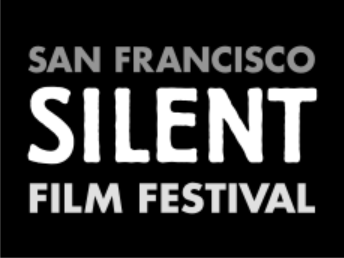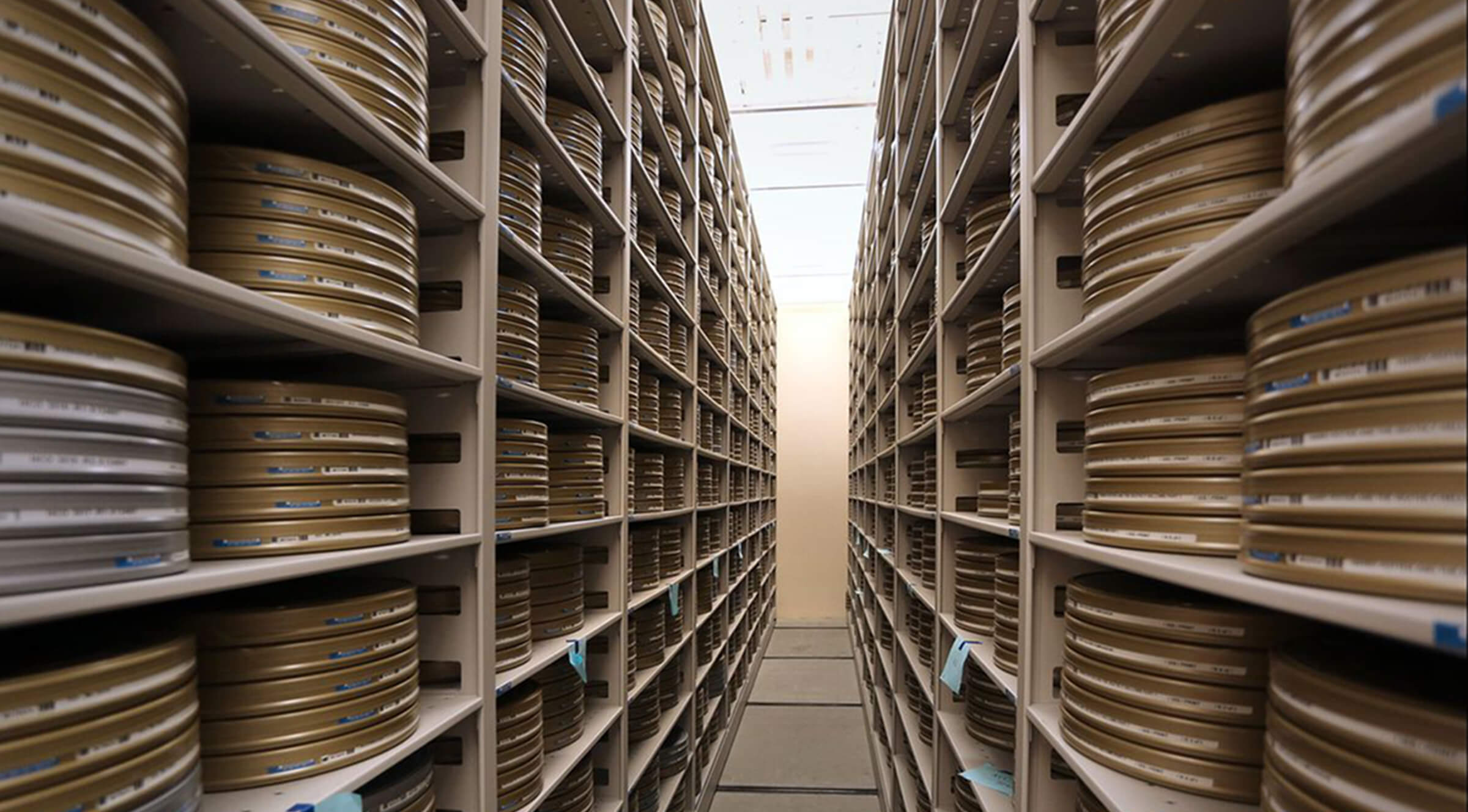Presenters
Patrick Loughney, George Eastman House
Mike Mashon, The Library of Congress
Rob Stone, UCLA Film and Television Archive
In March 1898, the pamphlet Une nouvelle source de l’histoire: création d’un dépôt de cinématographie historique began to circulate around Paris. Written by Boleslas Matuszewski, it outlined the first known vision for a motion picture depository and a lending library, what we now know as the film archive. Matuszewski, a Polish cameraman, likened the films being made in cinema’s infancy to paper documents used in the study of history. He went further, rhapsodizing that the three-year-old medium is a superior form of documentation: “This simple band of printed celluloid constitutes not only a proof of history, but a fragment of history itself, and a history which has not grown faint, which does not need a genius to resuscitate it.”
While Matuszewski held no illusions for the immediate receptivity of his idea, he remained optimistic. “The creation of this foundation is indispensable,” he wrote, “and will sooner or later come to pass in some great European city.” It would take another 30 years and many more advocates before the first archives opened in Europe and the United States. It would take another 40 years for these institutions to earn the trust of private collectors and major studios. By then, much of that “proof of history” had been lost forever.
Made to turn a profit, films took up valuable space once they were no longer in circulation, and they also presented real danger, as a fire hazard and an invitation to piracy. Even after the creation in the mid-1930s of the first archives – New York’s Museum of Modern Art, the Cinémathèque Française headed by Henri Langlois and Georges Franju, the forerunner to the Swedish Film Institute started by critic Bengt Idestam Almquist, Berlin’s Reichfilmarchiv and Britain’s National Film Library – the priorities for preservation varied with each institution. Berlin’s Reichfilmarchiv, which did not survive World War Two, was concerned with furthering the aims of the Thousand Year Reich. The British Film Institute grew out of the Imperial War Museum’s Film Library. The Museum of Modern Art Film Library, headed by Iris Barry, lobbied Hollywood studios for prints of their productions. The Cinémathèque Française under Langlois was mainly concerned with collecting and exhibition, and not cataloguing or preservation.
Overwhelmed by the quantity of films, along with the pressure to save money-making features as well as those that carried a special imprimatur of acclaim, these archives and their descendants did not have the staff, space, or funding to save all the fragments of history for which Matuszewski advocated. Today, however, actualités, newsreels, documentaries, dramas, comedy shorts, travelogues, trailers, films on obscure gauges, industrial and educational films, even home movies and pornography, are acknowledged to have a value beyond the price of a movie ticket or DVD rental. If Matuszewski had been heeded earlier, we might be privy today to the history he lived, as cinematographer for the Tsar and later, in Paris, for the Frères Lumière. Instead, what remains of him is his still-relevant plea to save the celluloid past for future generations: “First we must accumulate these exterior manifestations of history,” wrote Matuszewski, “so later they can be unfolded before the eyes of those who did not witness them.”
Presented at SFSFF 2007 with live music by Donald Sosin

